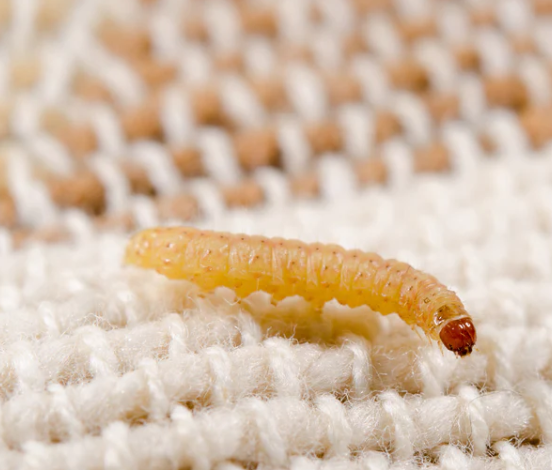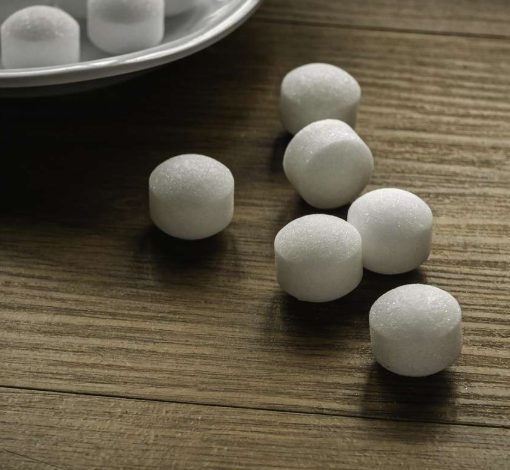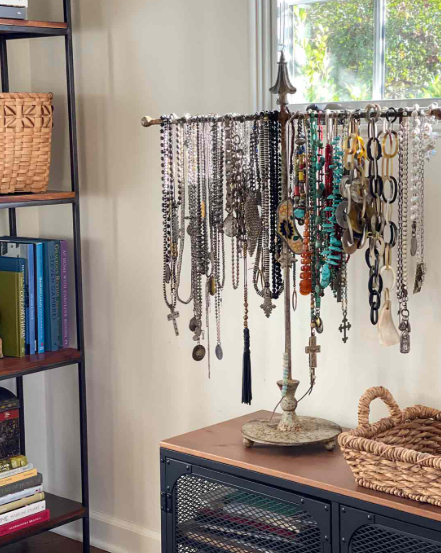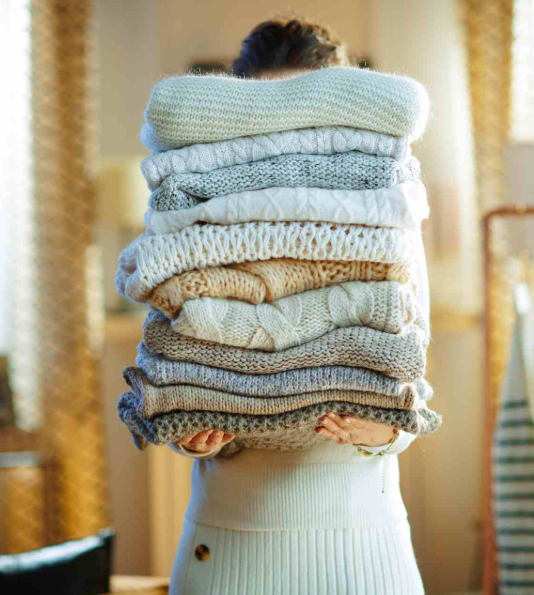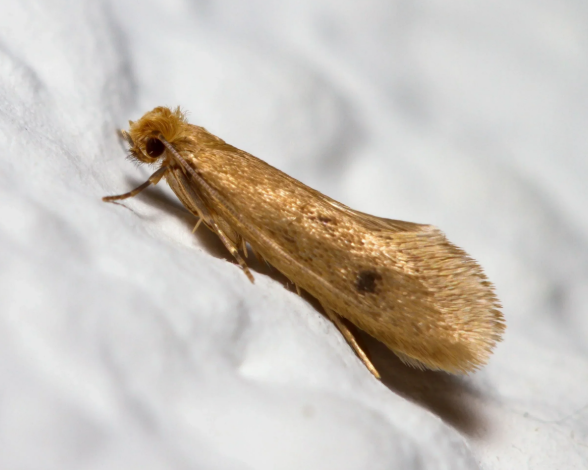
Do Moth Traps Actually Work? Here’s What You Need to Know
When it comes to dealing with a moth infestation, many people turn to moth traps for help. But do these traps actually work? Let’s explore how they operate, the best ways to use them, and answer some common questions to help you protect your clothing from these pesky pests.
What Are Moth Traps?
Moth traps are specifically designed to attract and capture the common clothes moths that cause damage to fabrics. These traps are not to be confused with larger outdoor traps used by moth enthusiasts to study moth species. The traps we’re talking about are small, discreet devices that help eliminate moths in your home, particularly in areas where they like to hide, such as wardrobes and storage spaces.
The Difference Between Moth Traps and Moth Paper
When searching for moth control solutions, you may come across something called “moth paper.” This product is treated with insecticides and is meant to be hung inside wardrobes to kill moths upon contact or inhalation. However, it doesn’t actually trap the moths, and it’s not something we recommend. At Total Wardrobe Care, we prefer natural products and focus on solutions that target moths without relying on chemicals.
How Do Moth Traps Work?
The most effective moth traps are pheromone traps. These traps contain a sticky glue board that is impregnated with a specific pheromone – the scent used by female clothes moths to attract male moths. The male moths are drawn to the pheromone, fly towards it, and become stuck on the glue board, where they eventually die. This traps only the male moths and disrupts the mating cycle, helping reduce the moth population.
These pheromone traps are best placed in undisturbed areas, such as underneath wardrobes or behind furniture. They should not be placed directly inside your wardrobe, as the moths are more likely to be found in darker, quieter spaces.
Will Moth Traps Catch All Moths?
No, moth traps are designed to target only specific species of moths. The pheromone used in the trap is species-specific, meaning it attracts only the moths that are attracted to that particular scent. Our moth traps are designed to capture clothes and carpet moths, which are the culprits responsible for the damage to your clothes and furnishings.
Where Should You Place Moth Traps?
To maximize the effectiveness of your moth trap, place it in quiet, dark areas like under your bed, behind furniture, or in the corners of rooms where moths tend to hide. Avoid placing them inside wardrobes, as moths are less likely to be drawn to those areas. If you have multiple rooms at risk of infestation, consider placing a trap in each one.
Why Isn’t My Moth Trap Working?
If you aren’t catching any moths, it could mean that your infestation is under control and there are no active male moths left. Moth traps usually last for about 12 weeks, so after that period, you’ll need to replace them or use refills to keep the pheromone levels high. Regularly check the trap, and if you notice any moths, it’s an early warning sign of potential issues.
Do Fly Traps Catch Moths?
No, fly traps are not effective for catching clothes moths. While fly traps use attractants designed for flying insects, moths are far more secretive and tend to hide in dark, quiet places. Using a fly trap for moths won’t work because it doesn’t address the moth’s unique behavior or attract them effectively. Stick to moth-specific traps for the best results.
How to Use Moth Traps Effectively
Moth traps can be a valuable tool for both prevention and detection. If you haven’t noticed any moths but want to protect your clothes, a moth trap can serve as an early warning system. If you suspect moths are present but haven’t seen any, place a trap in your wardrobe and check it weekly to monitor for activity.
For small infestations where only a few moths are caught per week, the trap alone may be sufficient to manage the problem. However, it’s important to also implement other moth prevention strategies, such as regular cleaning, proper garment storage, and using moth-repellent oils.
If the trap fills up with moths quickly, it’s a sign that the infestation may be more serious. In this case, further action will be needed, such as deep cleaning, using moth killer sprays, and deploying the Moth Decoy to stop mating and reduce the population over time.
Using the Moth Decoy Along with Moth Traps
For a more long-term solution, the Moth Decoy works alongside the moth trap by dispersing pheromones throughout the area. Unlike the trap, which captures moths, the decoy prevents mating by spreading a special powder that disrupts the moths’ ability to reproduce. When used together, the moth trap and Moth Decoy offer comprehensive control over moth infestations, helping to reduce moth numbers and prevent future issues.
Final Thoughts
Moth traps are an effective tool for controlling and preventing clothes moth infestations. By strategically placing them in the right areas and using them alongside other preventive measures, you can protect your clothing and furnishings from damage. Regular monitoring, along with the use of moth-repellent products and cleaning routines, will help keep your home moth-free and your garments safe.

